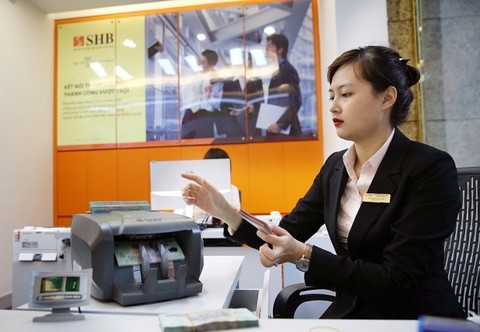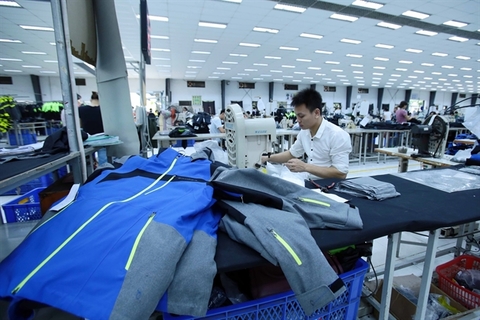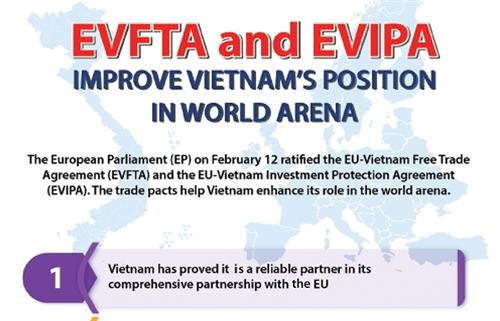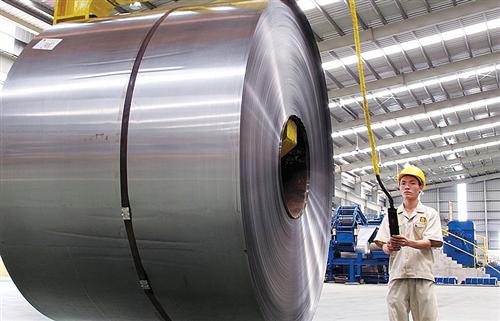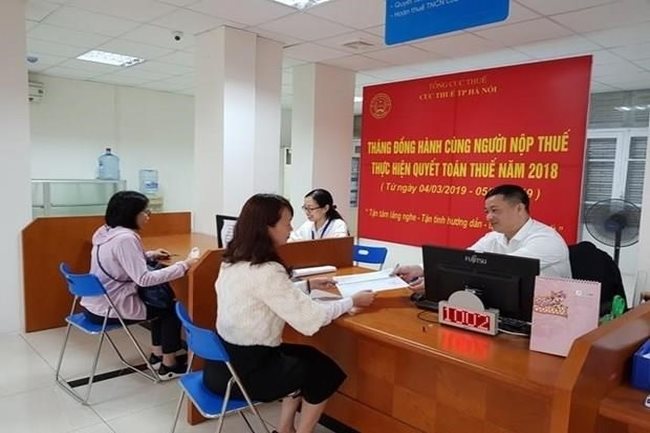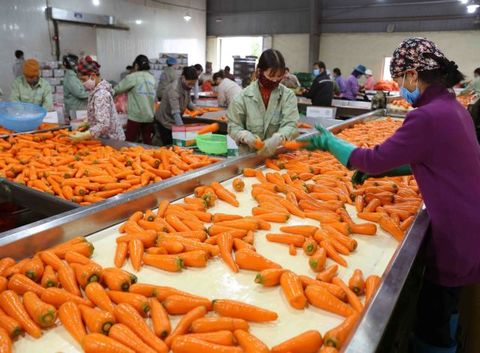Scrutinising the implications of new deals on Vietnam’s economy
Scrutinising the implications of new deals on Vietnam’s economy
The newly-ratified EU-Vietnam Free Trade Agreement (EVFTA) and the Investment Protection Agreement (IPA) will help to usher in a new economic era with the correct preparation. Minister of Industry and Trade Tran Tuan Anh talked to VIR’s Phuong Thu about the significance of the agreements and their implications on key sectors across the country.
How important are the EVFTA and IPA to Vietnam’s development?

Minister of Industry and Trade Tran Tuan Anh
|
In the face of the current complex global situation, the EVFTA attests to both sides’ strong commitment to promoting bilateral ties, from there deepening the relationships between Vietnam and the EU.
The signing and approval of EVFTA aligns with Vietnam’s external policies for multilateralisation and diversification, striving to strengthen the relationships with big trading partners, including the EU, contributing to maintaining peace, enhancing Vietnam’s status in the international arena, and availing of EU’s support to ensure effective implementation of socio-economic, political, multifaceted external development targets.
With Vietnam’s position of the ASEAN chair in 2020, the EVFTA will help bolster the country’s position and status in the relationships between EU and the ASEAN, as well as shape a model for future ASEAN-EU FTA.
Amid current fast-changing and increasingly complex political-security situation regionally and globally, the EVFTA can help the country to foster inner strength as well as consolidate our status internationally to exercise the external policies for independence, self-reliance, multilateralisation and diversification, going in parallel to consolidating and strengthening national defence and security.
In the economic development aspect, the EU is currently one of Vietnam’s largest export markets with an export value to this zone touching $41.5 billion and an import value reaching $14.9 billion last year. Thereby, when the EVFTA and IPA come into force, the two-way trade and investment flow from EU to Vietnam is forecast to rise robustly, making active contributions to Vietnam’s economic growth, facilitating export, pushing up market’s diversification, procuring higher added values through newly established supply chains, and creating more jobs.
Enforcement will also entail improvements in the local business environment as well as the country’s regulatory system with more transparency in compliance with international practice.
What has the Ministry of Industry and Trade (MoIT) prepared to maximise the benefits of official approval?
As a central agency for FTAs’ implementation, the MoIT has made careful preparations to be able to maximise the advantages the EVFTA could bring.
Similar to what we were doing with the Comprehensive and Progressive Agreement for Trans-Pacific Partnership, the MoIT has drafted an action plan for the implementation of the EVFTA which has set forth clear tasks and objectives. The main tasks are divided into the five following core groups: diffusion about the deal and EU markets; regulatory work; boosting competitiveness and human resource development; guidelines and policies towards trade unions and other organisations caring for the labourers at enterprises; and policies on social well-being, environmental protection, and sustainable development.
To improve awareness about the EVFTA, particularly corporate entities and state management personnel at the central and local levels, we have established a website at evfta.moit.gov.vn, to elaborate on the deal, as well as to connect with people and businesses. In addition, the MoIT has also pushed up diffusion about the EVFTA through hosting workshops and training courses across the country, focusing on localities with big industrial zones and a large number of businesses.
Furthermore, market surveys have also received priority to help businesses become well-prepared to take advantages of tariff incentives when the agreement comes into force. We have also scaled up efforts for branding and image promotion of Vietnamese products in the markets of EU member countries.
What are the opportunities and challenges the EVFTA brings to Vietnam’s economy after the deal comes into force?
Regarded as a fulcrum for development, the EVFTA opens enormous opportunities for local businesses to enter a promising market with more than 508 million people and about $18 trillion GDP value. The EU is one of Vietnam’s most important trading partners with a total import-export value touching $56.39 billion in 2019. The import-export structure between Vietnam and the EU is mutually supplemental, not competing directly with each other.
According to the Ministry of Planning and Investment, the EVFTA would help Vietnam’s export value to the EU rise by about 42.7 per cent in 2025, and increasing to 44.37 per cent by 2030. Simultaneously, the import value from the EU to Vietnam will also pick up speed, growing by about 33.06 per cent in 2025 and 36.7 per cent by 2030. On a macro level, the EVFTA would contribute to an average 2.18-3.25 per cent in Vietnam’s GDP growth during 2019-2023, increasing to 4.57-5.30 per cent during 2024-2028, and 7.07-7.72 per cent high during 2029-2033.
Besides these advantages, the deal also brings certain challenges. Vietnam’s commitment to opening local markets to products and services from the EU will pose pressure to the local economy and businesses, as well as our products and services. This pressure, however, is positive and follows a suitable roadmap. More importantly, as the EU-Vietnam economic structure is highly supplemental, the competitive pressure would not be significant.
In addition, as the EVFTA encompasses close regulations and principles regarding investment and customs procedures, trade facilitation, technical barriers, quarantine measures and many more, full implementation of these regulations requires our country to embrace comprehensive institutional reforms. This, by essence, aligns with Vietnam’s commitment to accelerating administrative reforms, thereby enhancing the efficiency of public procurement and reforming growth model.
Which export sectors will benefit from the EVFTA and which sectors will suffer negative impacts?
With the EVFTA, almost all Vietnam’s export items to the EU would be exempted from import duties right after the deal takes effect or after just a short time. This is the highest benefit from an FTA that Vietnam has signed with the international community. The most beneficial sectors will be footwear, textiles and garments, agriculture, and seafood. The sectors bearing the brunt would be chemicals, transport means and equipment, processed food, and basic metal items.
The sectors intended to reap maximal benefits, however, might also face certain challenges. EU countries apply strict technical barriers to import items. For instance, Vietnam’s export agricultural items to the EU, albeit enjoying incentives, often lack uniformity in each shipment while post-harvest preservation is not good, resulting in unstable quality.
In addition, regulations on product origin also present challenges to textile and garments in taking advantage of tariff incentives under the EVFTA as the material for their production comes mainly from China or the ASEAN.




